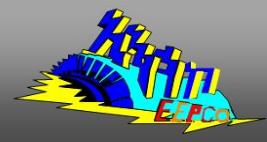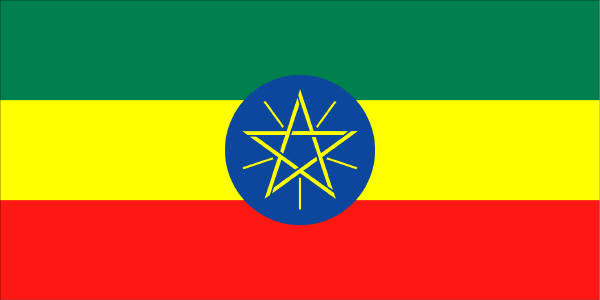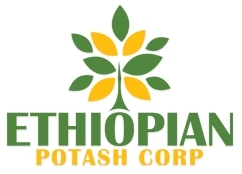Allana Potash's Shares Rise on High Quality Find in Ethiopia
 Tue Jun 14, 2011
Tue Jun 14, 2011
Allana Potash Corp said it found a new high-grade potash zone in its property in Ethiopia, driving its shares up by 12 percent.
The company said that results from drilling in Hole 19 at the company's Dallol property in Ethiopia's north eastern Danakil Depression yielded over 61 percent of potash over 0.90 metres. That was by far the highest grade potassium chloride (KCl) Allana had come across, Dundee Securities said in a note to clients, and rated the company as their "top pick" among small potash explorers.
The company said Hole 12 yielded 22.3 percent potash over 6.8 metres. About 90 percent of potash produced is used as fertilizer, known as potassium chloride. Demand for fertilizers like nitrogen, phosphate and potash has grown dramatically.
Alana has at least 16 drill holes which will be considered for the resource update in the company's upcoming technical report.
Dundee said that Allana would have a large resource upgrade and would be able to produce at exceedingly competitive operating costs.
At present, Allana Potash Corp has estimated resources of 105 million tonnes and "will have a significant upwards revision once the updated NI 43-101 technical report is prepared and completed over the coming five to seven days, the brokerage said.
The potash mineralization in the Danakil Depression is well known, with mining carried out sporadically from the early 1900s. Other mining corporations in the basin include BHP Billiton and India's Sainik Coal Mining, which is planning to start mining at the Musley deposit.
Source: Reuters



 Ethiopian Potash Corp's drilling rigs are in the process of being commissioned and are expected to start operation in a week's time, George Roach, board chairman said last week during an event in which Robert J. Metcalfe was assigned the new director of the corporation while Wally Rudensky resigned from the board of directors.
Ethiopian Potash Corp's drilling rigs are in the process of being commissioned and are expected to start operation in a week's time, George Roach, board chairman said last week during an event in which Robert J. Metcalfe was assigned the new director of the corporation while Wally Rudensky resigned from the board of directors.

